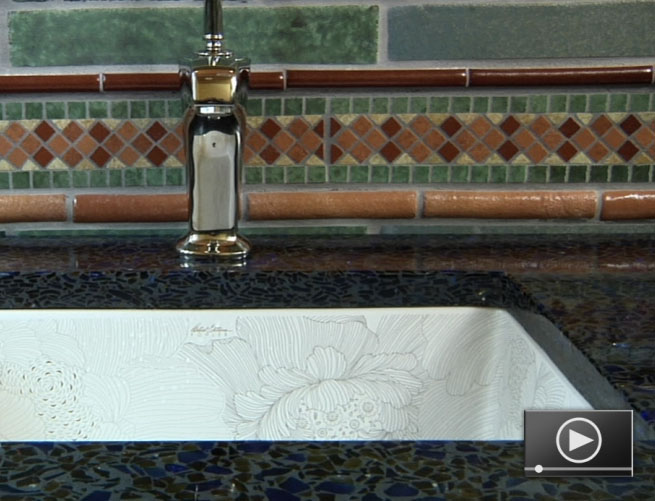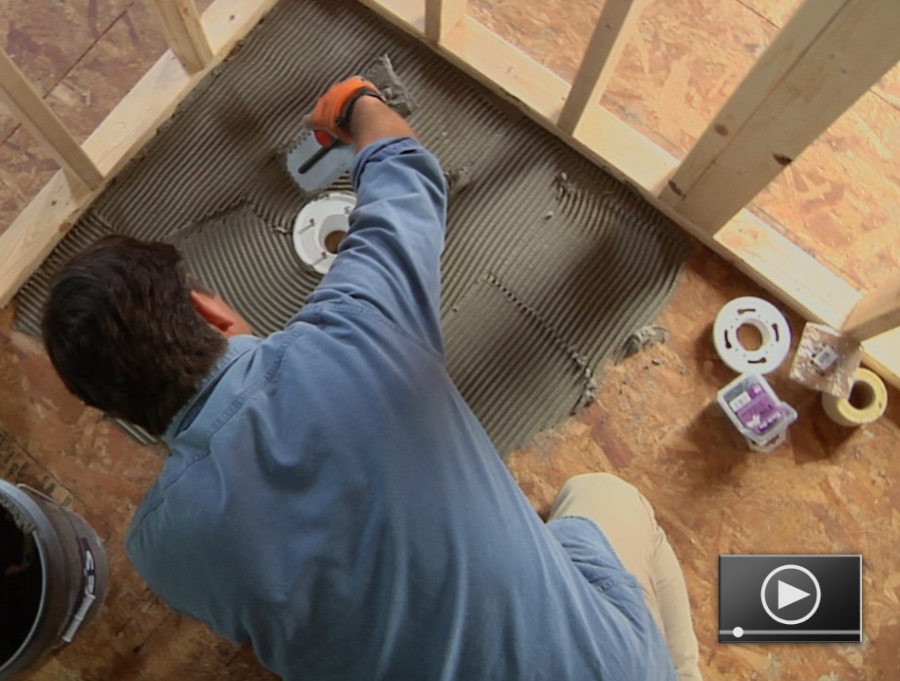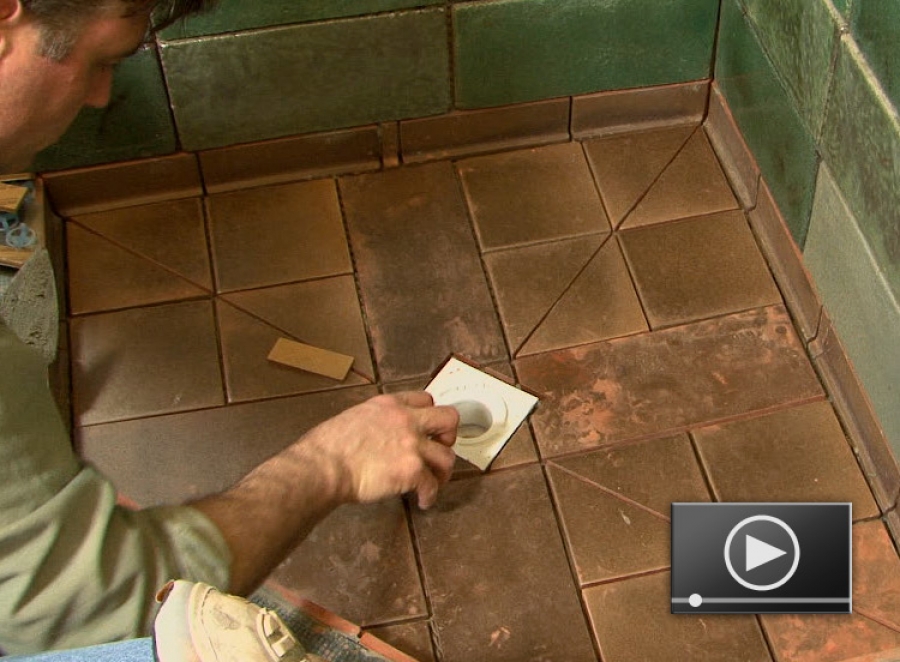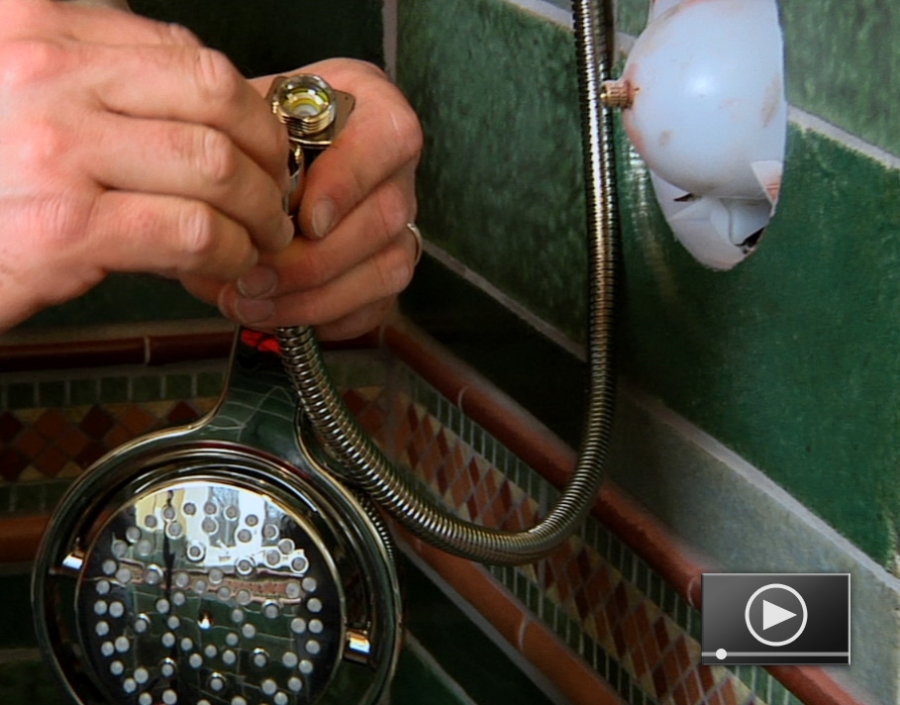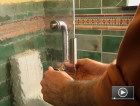How to Install a Toilet
Video
Many puns have been applied to toilet replacement and installation, but in reality replacing or installing a toilet is a pretty simple home improvement project for a do-it-yourselfer. The workings of a toilet are contained within the fixture itself, so the installation comes down to making a couple of plumbing connections, one for the water supply and one for the waste drain. Join our host, Jeff Wilson, for a video guide through the process of installing a toilet.
Toilets come in many shapes, sizes, and styles. For our project, we are installing a dual-flush, one-piece Kohler toilet with an artisan design. The dual-flush toilet is a water-conservation feature that offers two flush options, either 0.8 or 1.6 gallons. The design of this particular toilet will make the installation slightly different than that of a standard toilet. The main difference is the manner in which the toilet mounts to the floor. Typically, toilets mount to the closet bolts that are slotted in the waste drain flange. We will connect the toilet to mounting brackets attached to the floor behind the waste drain flange.
Preparing for Installation
-
The first step is to check that the rough plumbing is in the proper location. Our toilet came with a template that we used to make sure the drain and supply lines were in the right places when the rough plumbing was installed.
-
Use the template to locate and mark the position of the mounting brackets. For bathrooms with ceramic tile floors, use a masonry drill bit to drill holes for the mounting bracket anchors.
-
Fasten the mounting brackets to the floor anchors with the screws provided by the manufacturer.
-
Next, connect the water supply line to the back of the toilet. Use a wrench or channel lock pliers to tighten the connection, but be sure not overtighten.
-
For our project, the water supply line threads through an access hole on the side of the toilet. An escutcheon, or hole cover, is used to cover the access hole.
Setting the Wax Ring and Toilet
-
Next, set the wax ring over the waste drain flange. The weight of the toilet causes the wax ring to expand and distort, sealing the connection. The required height of the wax ring will depend on the thickness of the finish floor. It is important to get a good seal between the waste drain flange and the toilet to prevent wastewater and sewer gas leaks.
-
Insert the two closet bolts into the slots of the waste drain flange.
-
If you are installing a standard toilet, the next step is to set the toilet in place over the wax ring and gently apply downward pressure to ensure that the wax ring compresses and fills any gaps. Use a wrench to fasten the toilet to the floor with the washers and closet bolt nuts. Caps fit over the closet bolts to finish the installation.
-
For our project, the next step is to install a wax ring gasket over the wax ring. The gasket will do the job of compressing the wax ring and provide a sealed outlet that aligns with the toilet horn. Set the gasket over the wax ring and closet bolts. Install the washers and closet bolt nuts and tighten the gasket to the floor.
-
Align the toilet over the wax ring gasket and carefully drop it into place. Gently apply even downward pressure.
-
Install the mounting screws into the brackets at the back of the toilet. Quick Tip: To minimize the chances of cracking the porcelain toilet, tighten the bolts or screws a little at a time on each side until adequately tight. Be sure not to overtighten.
-
Wrap the water supply with some plumbersí tape to help seal the connection and use a wrench to fasten the supply line to the water supply shut-off valve adjacent to the toilet.
The Final Steps
-
Set the toilet tank lid in place.
-
Install the dual flush buttons by attaching the two stems to the undersides of the buttons. Insert the flush button assembly into the top of the tank lid.
-
Use a caulking gun and silicone sealant to caulk around the base of the toilet. This can help to keep the floor and toilet base clean. Quick Tip: Leaving the back of the toilet base un-caulked allows an outlet and provides an opportunity for you to notice any leaks that may develop at the wax ring.
-
Finally, install the easy-close toilet seat with two screws at the back of the toilet bowl.
-
Turn the water supply on and flush to check for leaks and an appropriate water level in the tank.

Ryan Carpico
Ryan is a Registered Architect who earned a Bachelor of Architecture from the University of Kentucky in 1998. His experience in a broad spectrum of architectural projects includes design and project management in multi-family residential, general commercial, and institutional projects. This architectural experience is balanced with a background in general contracting of residential and light commercial construction projects. Ryanís knowledge and ability as both architect and builder enable him to address both the technical and practical sides of the comprehensive body of construction knowledge.
Website: carpicodesign.com/
